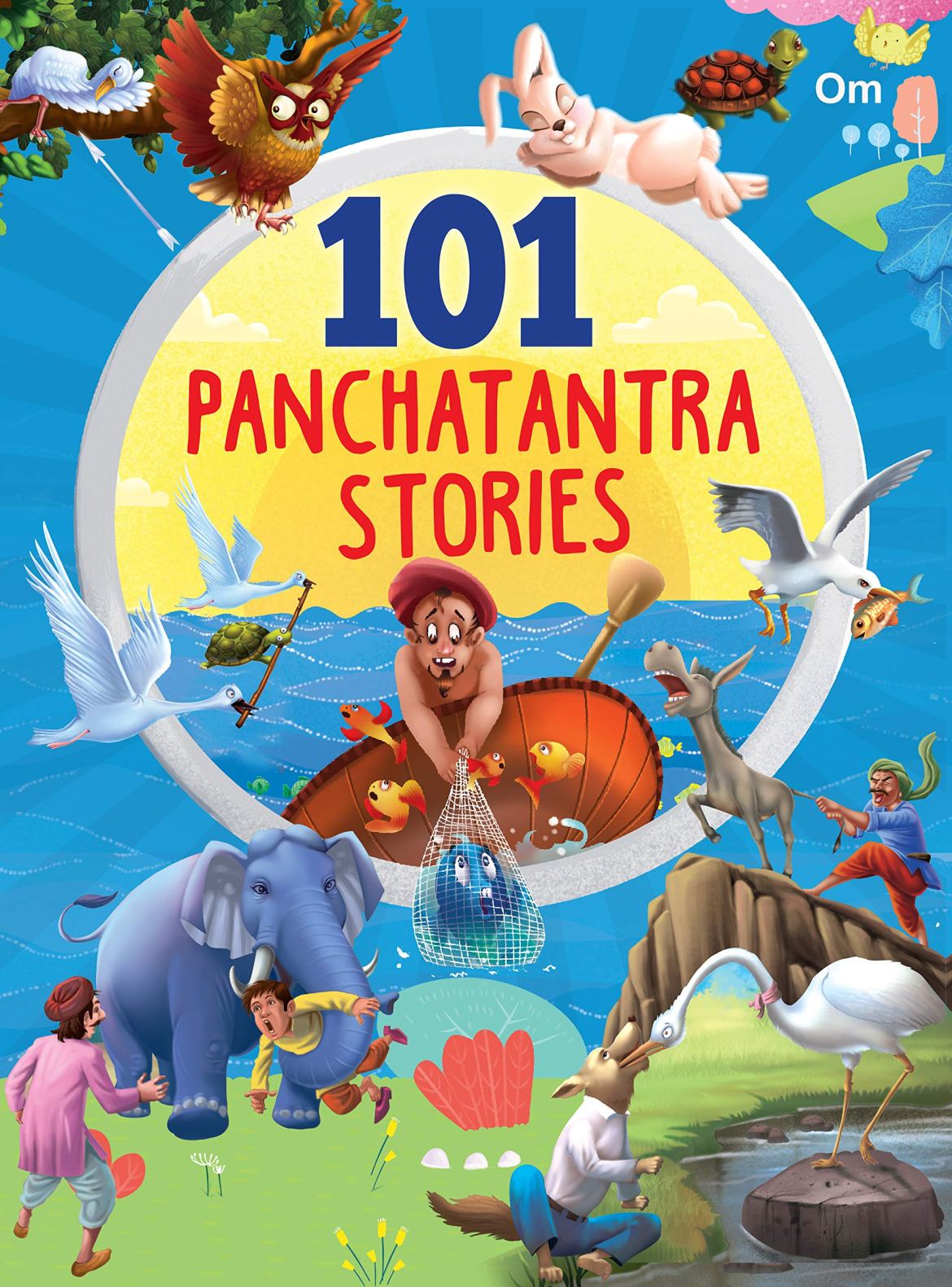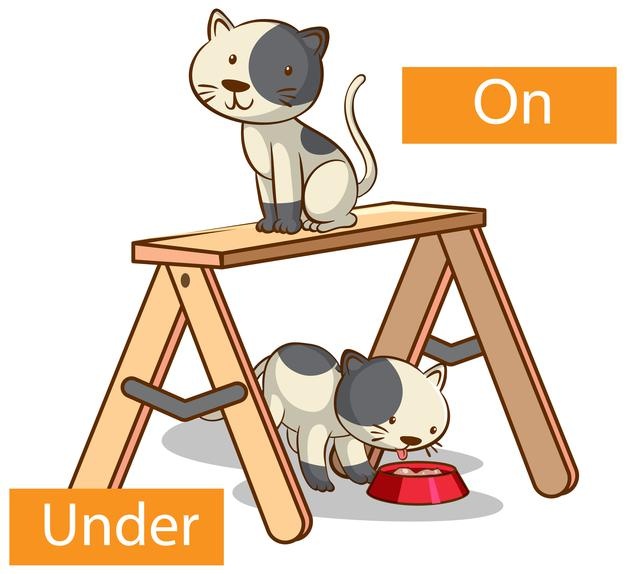EVS Worksheet : Parts of a Seed For Class 3 Kids.
Introduction:
Seed is a very important part of a flowering plant. They the source to give rise to a new plant. They may be of different shapes, colours and sizes but serves a similar function . They may be round, wrinkled, winged , hairy Of many other shape and texture. They are in a dormant condition until they receive adequate sunlight, air water, and soil. The growth of the plant from a seed is called as germination
What is the main function of a seed?
- The seeds are main structure involved in sexual reproduction by which the plants perpetuate.
- The seeds contain food reservoirs in the form of cotyledons and endosperm.
- The seed coat is protective in nature which protects the embryo inside.
- We must have eaten many seeds and not even realized it. Sunflower seeds, peas, beans, and corn are all forms of seed that we eat. If we placed any of these seeds in the ground, they could become a plant.
Parts of a seed
All seeds have three main parts namely -:
The seed coat, The food storage, and the embryo.
Seed coat
Seed coats are a outermost, protective layer on the seed. Seed coats are tough covering used to protect the internal parts of the seed. The tough husk that you generally spit out after eating a sunflower seed is the seed coat. Other seed coats, like Lima beans, are very thin, and you don’t even realize you’re eating it, while others are hard to digest. Like We’re unable to digest the seed coat of corn kernels. The seed coat keeps out water and sunlight. Seeds with thick coats are generally meant to be swallowed, digested and passed out through the faeces of animals. This process weakens the tough seed coat to allow for easy germination along with providing natural fertilizer for the seed.
Endosperm
The next part of a seed is the food storage house, which provides all of the nutrients to the seed to help it grow. For humans, the food storage is the part of the seed that provides us food. Peas and corn are delicious because of the food storage in the seed.
The endosperm provides the embryo of the seed with nutrients, usually in the form of sugar and proteins. These nutrients allow the seed to remain viable while it waits to be germinated and grow . The endosperm is located right underneath the seed coat and completely surrounds the embryo in most of the seeds.
Embryo
The embryo is the central station and the most important part of a seed. Within the embryo it consists of all the cells needed to develop into a mature plant. The embryo has three main parts; the primary root system, cotyledons, and embryonic leaves. The primary root is the first thing that emerges from the seed during germination. It creates a long anchor root that goes deep in the soil to support the plant. The cotyledon provides nourishment to the various parts of the developing embryo during germination. It can resemble a tiny leaf in some plants or be fleshy in other plants like beans. It often emerges from the soil with the seedling as it grows. The embryonic leaves are the plant’s first leaves to appear above the ground. A kid’s science project to learn about the embryo is to split a seed in half to view how the embryo looks on the inside. Plant several of the same type of seed and dissect them during different parts of the growing phase.
Instructions to solve the worksheet
One of the best ways to help kids learn about life cycle of a seed is by introducing them to the basic plant and there seeds . So Given below is a picture depicting the several parts of a seed help your kid to complete the blank space by identifying the correct stage from the suggestions provided in the box.
Importance of Environmental Education
- EVS helps children to develop their own insights into the functioning of several things or understanding human processes in their environment. Such interactions with their surrounding environment are immensely important for the healthy development of children.
- Not only does environmental education offer opportunities for experiential learning outside of the classroom, it enables students to make connections and apply their learning in the real world.
- EVS helps learners see the interconnectedness of social, ecological, economic, cultural, and political issues.
- By providing environmental education to students they will engage problem-solving techniques of the outer world to their subjects to understand a particular problem by implying outdoor environmental solutions.
- Environmental Education gives students a new meaning of exploring mother nature to see and resolve the issues which are harmful to the environment and this will also help them in maintaining their own health by doing physical work so that their bodies will be immune from some serious health issues such as short-sightedness, obesity and in some cases even lack concentration.
- The one major issues which we need to deal with is pollution and if we don’t educate our kids about the hazardous effects of environmental damage there will be no future of the world.













































